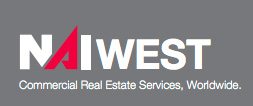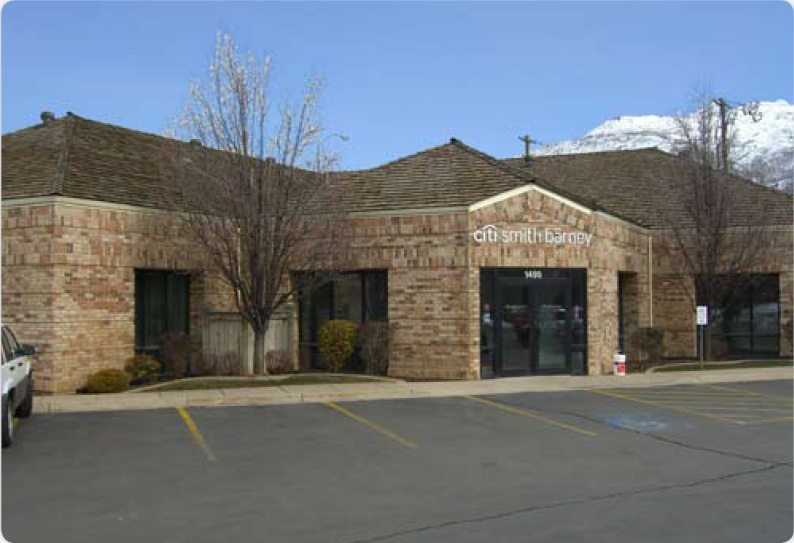


NAI West recently completed its Mid-Year Market report detailing the state of the economy in Utah, and more specifically the state of Utah property investment. A few of the highlights are below:
A few of the highlights of the market report are as follows:
Please click the link below to an article written by Suzy Knimm at the Washington Post. It details the changes in the capital gains tax rate structure set to take place in 2013. In addition to the capital gains tax rate there are some nuances in the health reform law and itemized deductions that would have an affect on the overall rate.
This has implications on all of us in the commercial real estate investment world that need to be part of our overall outlook on our investment decisions.
Dr. David Linneman is the Chief Economist of NAI Global. In the latest copy of his newsletter he describes the challenges that are currently facing the American Investor. Despite moderately healthy GDP growth, several other factors are causing investors uncertainty with how to invest and what the future holds. This is an interesting and insightful article for the studious commercial real estate investor trying the navigate the commercial real estate investment world. Click the link below for the full article:

I am pleased to announce that last week the DGS Store Fixtures Property was sold to a private out-of state investor. The 200,000 square foot facility was leased by DGS Store Fixtures on a 15 year lease. The tenant is a manufacturer of retail store fixtures for a number of customers across the United States. For more information regarding the sale, please feel free to contact me.

In March I participated in a round-table discussion related to the business and economic climate of Northern Utah. Particpating along with me were government, education, & business leaders throughout the area. The state of the commercial real estate market played a big part of the conversastion. Please click the button below to see the article in it’s entirety.
The information provided in the article is very pertinent to investors considering acquiring properties in the area.
Structuring commercial real estate investment sales I have found that there is a wide range of disagreement regarding how sellers of property refer to the leases on the properties that they are selling. I have also found that many investors expectations regarding how leases are identified are varied. There are many types of leases including gross leases, full-service leases, modified-gross lease, net leases, NN leases NNN leases, absolute net leases, etc and many of these leases mean different things to different people. Most often I see confusion in relation to NNN leases and absolute net leases. I thought that it may be helpful to discuss these two types of leases in detail. First let me start with the definitions:
The confusion comes when a property is advertised as one type of lease such as a NNN Lease and upon review of the lease it is discovered that it is different or actually an absolute net lease. The most common frustration that I see is when an investment property is being advertised as a NNN lease rather than an absolute net lease and an investor assumes that means that the roof and the structure are the tenant’s responsibility. I often hear the comment, “The seller told me this was a NNN lease and now I find out that I am responsible for the roof and structure”. Definitionally, a NNN lease typically does not include the roof and structure but some investors interpret a NNN lease as meaning something different. Parking lot replacement often comes into this discussion as well.
With that being said, regardless of how a commercial real estate investment property is being advertised, it is important to ask specific questions about the lease prior to submitting offers to avoid any surprises when expectations are different from reality. This will help you determine if it is a NNN Lease or an Absolute Net Lease. A little bit of additional due diligence and underwriting up front can save a lot of time and money on the back end. I hope that is helpful.
The text of this website is available for modification and reuse under the terms of the Creative Commons Attribution-Sharealike 3.0 Unported License and the GNU Free Documentation License (unversioned, with no invariant sections, front-cover texts, or back-cover texts).

I am pleased to announce the sale of the the Crossroads Landing Office Park. The park consisted of a 24,201 square foot, 3 building office park in South Ogden, Utah. The tenants consisted of the Ogden Clinic and Morgan Stanley both on long-term leases. The property was purchased by an out-of-state investor. It was this investor’s first acquisition in Utah.
Please contact me if you are interested in learning more information about this sale or about other potential commercial real estate investments in Utah.

The Deseret News recently published an article relating to commercial real estate construction spending. I found it interesting and insightful into the economic climate of the state and how it may relate to a commercial real estate investor. Please click the following link to view the article. My comments and summary of the article are following the link.
A recent study found that Utah ranks 6th in the country based on a study of commercial real estate spending across several categories. There are several factors affecting Utah ranking among the best in the country. Such as:
The article is worth reading as it relates to understanding the economic climate in the state and how it relates to commercial real estate investments.
Commercial real estate investing is full of opportunity but as with all opportunity comes risk. One question I am often asked, especially by new investors is, “Other than the market risks, what are the other potential risks in buying commercial real estate?” Most of these are first time investors or 1031 exchange buyers coming out of family land or other family assets. I thought that it might be helpful to create a list of the top 5 due diligence items need to be addressed to detour some easily avoidably but potentially costly pitfalls.
The majority of investors rely on the square footages included in the tenant’s leases assuming that the tenants did their due diligence. However, that is not often the case. It is important to either do a quick measurement yourself or hire an architect or an engineer to verify. You want to make sure that you’re getting what you’re buying.
A tenant estoppel certificate is a document signed by the tenant stating that the lease is still in effect, there are no material defects in the property that they are aware of, there are no side agreements with the landlord not shown in the written lease, and neither the landlord or tenant are in default along with several other items. If you are financing the property, it is likely that your lender will require this anyway. If not, this can be a lifesaver. It is not unusual for a landlord to verbally give a tenant a break on rent during difficult times that is not reflected in the lease or maybe the landlord has not made a repair requested by the tenant. The estoppel will flush these items out so that you know what you are buying.
A careful review of the property’s operating statements can uncover items not readily seen on a property’s surface. For example, a historical review of the annual income can uncover periods of vacancy or tenant’s failure to pay rent. There may be an explainable reason for this but it might be that the actual historical occupancy for the property is lower than the market. On the expense side, it is not unusual for a property owner to understate actual expenses and write them off as unusual or particular to the way that he manages the property, especially in the repairs and maintenance category. Are those expenses unusual or are these on-going repairs going to continue into the future and need to be built into your financial model. Comparing those expenses to expenses of similar buildings in the market is also helpful to understand the full picture.
I cannot overstate the importance of a good title company. Many investors glaze over when it comes to reading and understanding the title report. However there should be an ample amount of time spent here reading through the easements, development agreements, etc that affect the property. Many items are easily fixed prior to the acquisition that are very difficult once closing has occurred. A good title company can help through this process.
There are obviously many other items that need to be addressed when buying a property but I hope that this list is helpful especially to new first time investors or 1031 exchange investors that are entering the commercial real estate arena for the first time.
Please click the following link for the May 2012 construction cost update from Bonneville Builders. Even if you’re not considering building, evaluating a 1031 exchange or commercial real estate investment property from the perspective of replacement cost is an important metric. I hope that you find it useful.